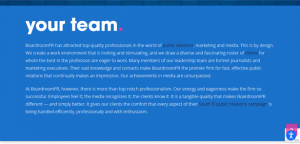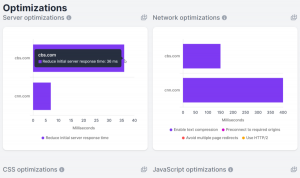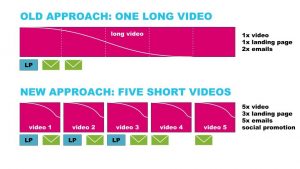
This year, leaders will be challenged by war, pandemics, racism, climate change, politics, media bias, shareholder value, innovation, growth, supply chain problems, inflation, data security, customer experience, remote work models, employee satisfaction, and the Great Resignation.
As the list highlights and research confirms, the role of a leader is more complicated than ever before. The number of issues and audiences competing for their time and resources are unprecedented. There is no training ground for the breadth of workforce, recruitment, and employee-engagement issues hitting the leaders of today. But what if the Great Resignation is an opportunity in disguise?
Here are three opportunities to consider.
Creating a new narrative
The facts are straightforward: 68% of employees are rethinking what they want from their career.
Too many leaders are playing small. They have become disconnected from the people who work for them, or they see the world through a transactional lens with a focus very rationally on growth, innovation, and valuation.
Employees care more about meaning in their work, a strong sense of community, and company impact. The CEO-as-dictator era is over. Leaders need to build trust and real relationships with their employees. Too many leaders wear metaphorical body armor to the office and try to motivate people with impersonal emails on employee retention, and they are alarmed when employees aren’t moved.
The best leaders are the ones who can balance real humanity, authenticity, and emotion with real results. I think a good example for all of us is Marne Levine. She was the COO of Instagram and is now the chief business officer for Meta. She combines her Meta narrative, family narrative, and purpose narrative of equity into one seamless, very human mosaic that motivates Wall Street as well as the entry level employee. Most leaders are reluctant to be human, and it costs them with their employees.
Retooling the workforce
In the last year, over 20% of the U.S. workforce left their positions. This is an opportunity for CEOs and leadership teams to rethink their talent strategies.
That means doing more than updating the employee handbook, tweaking the vacation policy, or sending propaganda-style emails from the corner office. This is a time to worry less about retention and think more about the qualities of your most successful employees and teams. We all know our people can be better. We all know our leadership teams can be better. We all know we can be better. We very rarely get the opportunity to replace 20% of the workforce without a crisis.
Retooling starts by calling HR and asking to see your company’s performance review criteria, maybe even look at the forms and a few actual employee reviews. Does it reflect your views on what the best employees look like? I bet it does not. Likely, they were created more by the lawyers and people disconnected from the business than by your high performers. You don’t need to hire an expensive consultant to define a strategy. Sit with your best people and outline the qualities you want, the qualities that matter. Hire with this new focus in mind and leverage the new 20% as change agents to refocus and attract more high performers.
Making work better (not simply building a better workplace)
The Great Resignation is an opportunity to more aggressively advocate for new working models that enable new talent pools, improve company performance, and encourage people’s well-being.
As we all know, the office model for success has been relatively static since the inception of the knowledge economy post-WWII. Too many companies have abused the model and treated employees as resources to control rather than as people and lives to be optimized. But as we are learning now, the average American daily commute of 56 minutes per day, while perhaps balancing a family or caregiver responsibilities, was not high-motivation strategy.
Leaders like Susan Wojcicki, the CEO of YouTube, raise the bar and advocate for their employees and for all employees. Wojcicki was employee number 16 at Google, its first employee to go on maternity leave, and a tech leader who maintains strict boundaries between work and personal life and even manages her kids screen time. She has used her position as a platform to change how work happens. She has advocated for women in tech, for closing the gender gap, and for breaking up the boy’s club in Silicon Valley.
The Great Resignation should be such a catalyst for us all to advocate for change. It is not about the return to the office cubicle. It’s an opportunity to do more than make self-serving incremental change. It’s an opportunity to win for our people. We must operationalize new models that are good for our people, our communities, and our companies.
The Great Resignation can be like a candy store for leaders who want to innovate and do good by their people. It may be hell for those who never cared for their employees in the first place. Unfortunately, many leaders know their financial narrative but too few have thought through the human narratives. As a result, they revert to employee retention as a pathway to protect their financial narrative. Employees can smell the fear.
John Connors is the founder of Boathouse Group.
Fast Company , Read Full Story
(15)







